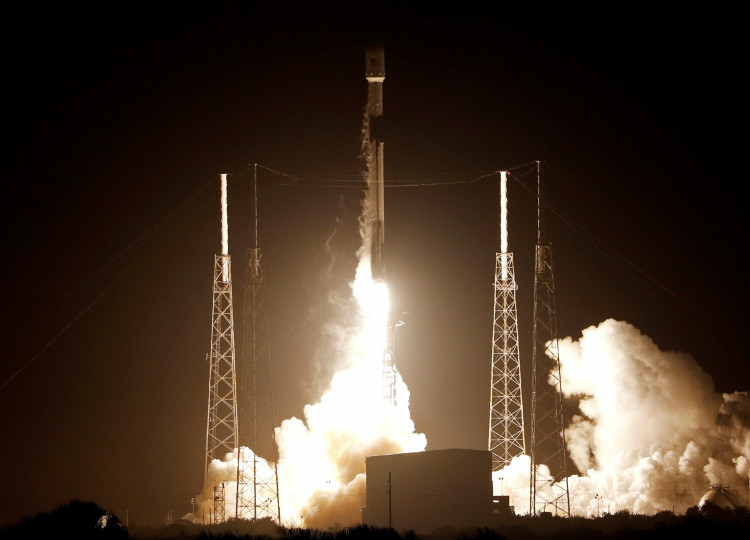One of the goals of SpaceX is to send people to Mars. The company's CEO, Elon Musk is known for that concept. The private space company has been developing the full-scale engine for years now.
To send tourists to Mars is one of the SpaceX missions.
The company has been developing an engine called Raptor over the last few years. Back in December, Elon Musk tweeted that he had the engine redesigned. He added that "initially making one 200 metric ton thrust engine common across ship & booster to reach the moon as fast as possible. Next versions will split to vacuum-optimized (380+ sec Isp) & sea level-thrust optimized (~250 ton)," according to Daily Mail.
The SpaceX CEO Elon Musk mentioned that the first full-scale Starship engine that has already been tested was pushed to the point and was damaged. This happened less than three weeks after the campaign began. The company then set the stage for its second full-scale Raptor. This may take over the near future.
Thus, according to SpaceX CEO Elon Musk, while most of the impaired pathfinder Raptor's components should still be easily reusable. Also, he mentioned that the assembly of the second finalized engine is "almost done." He meant that the Raptor will take-over the upcoming testing than to wait for the first engine repair, according to Teslarati.
In line, the Raptor engine family starts an integrated subscale static fires back in September 2016. The SpaceX propulsion team then finalized the baseline of the Raptor and completed the assembly, shipment, and an integrated static fire of the first full-scale engine on February 3. This happened just less than three weeks after Elon Musk posted on Twitter.
First firing of Starship Raptor flight engine! So proud of great work by @SpaceX team!! pic.twitter.com/S6aT7Jih4S — Elon Musk (@elonmusk) February 4, 2019
As follows, the new Raptor was confirmed damaged during its most recent static for several days prior. Elon Musk then indicated that the failure that was generally attributed is not surprising. It happened as the engine reached the highest chamber pressures so far.
The SpaceX Raptor's main combustion chamber has been outlined to nominally operate at and reliably withstand an extraordinary pressure of 250+ bar (3600+ psi). The performance needs a higher pressure in the components. It then feeds oxygen gas and hot methane into the combustion chamber of the Raptor.
Furthermore, back in 2018, Elon Musk hinted on his twitter the oxygen preburner that is used to convert the liquid propellant into a high-velocity gas. It can then feed a dedicated oxygen turbopump. Away from the absurdly corrosive environment created by the extremely hot gaseous oxygen. The preburner must also survive the pressure that could reach as high as 800+ bar or 12,000 psi.




